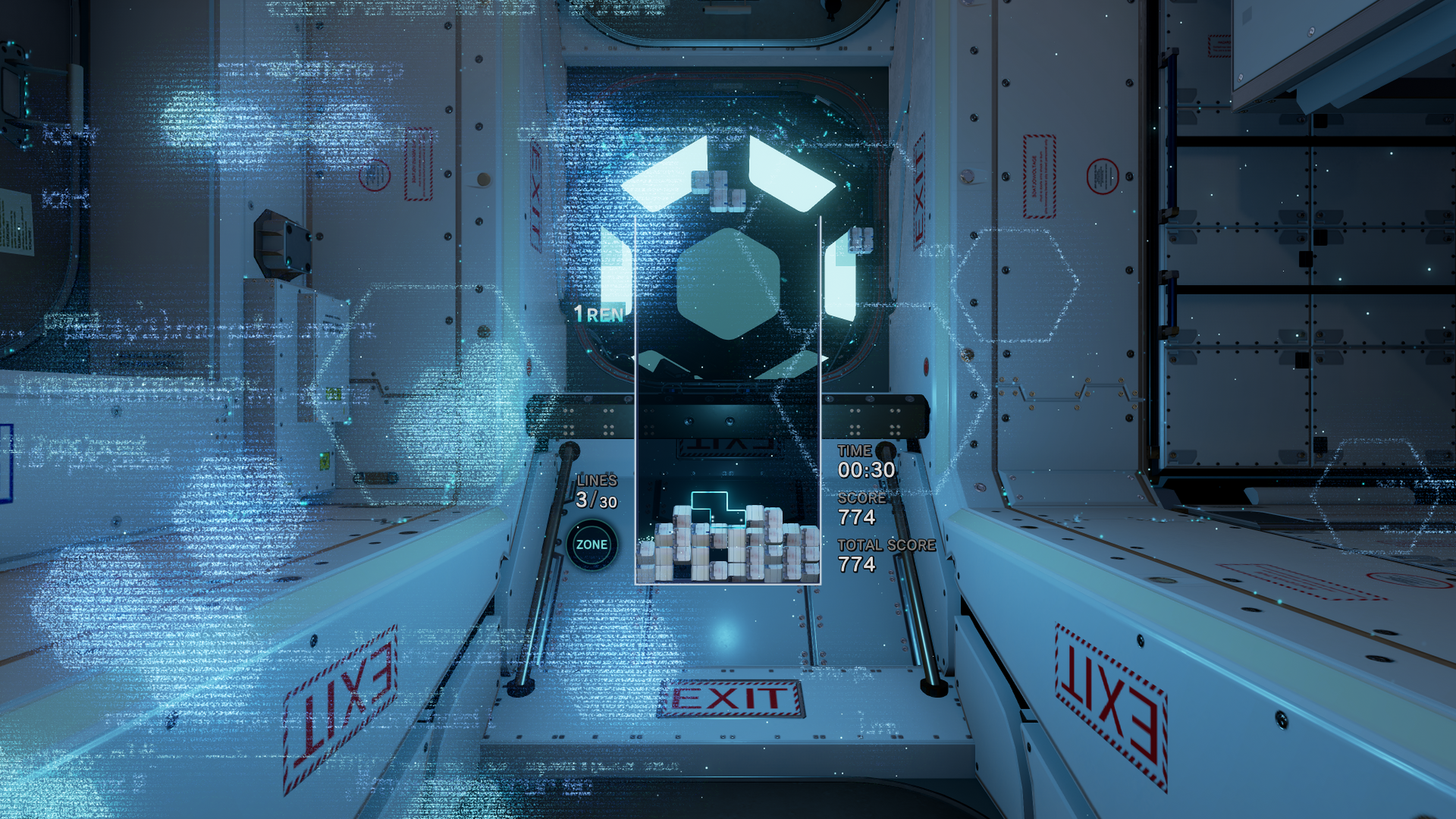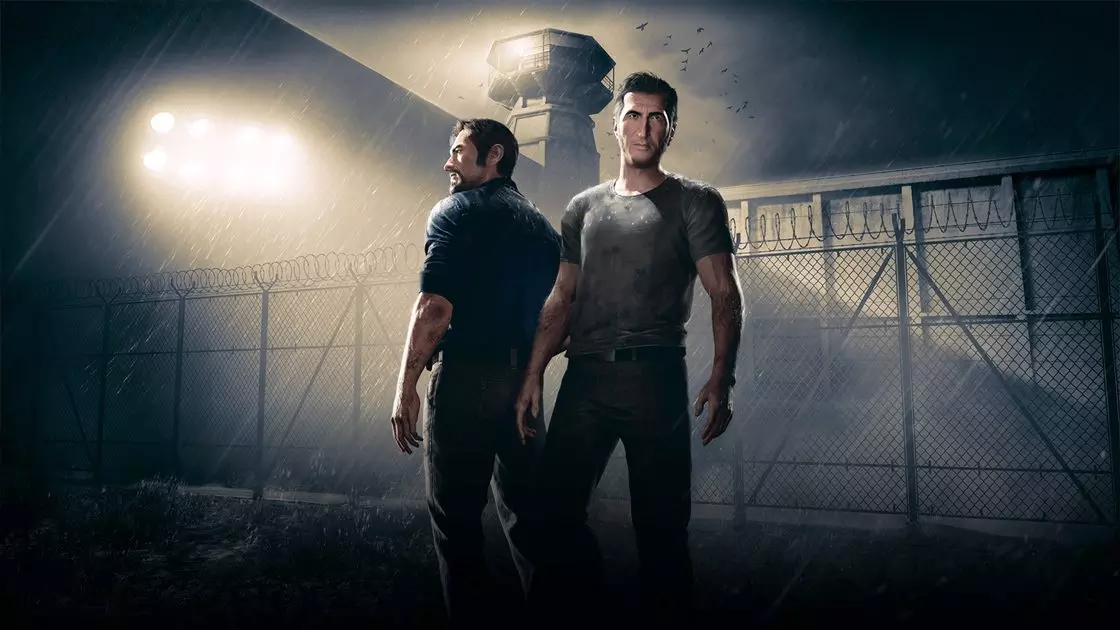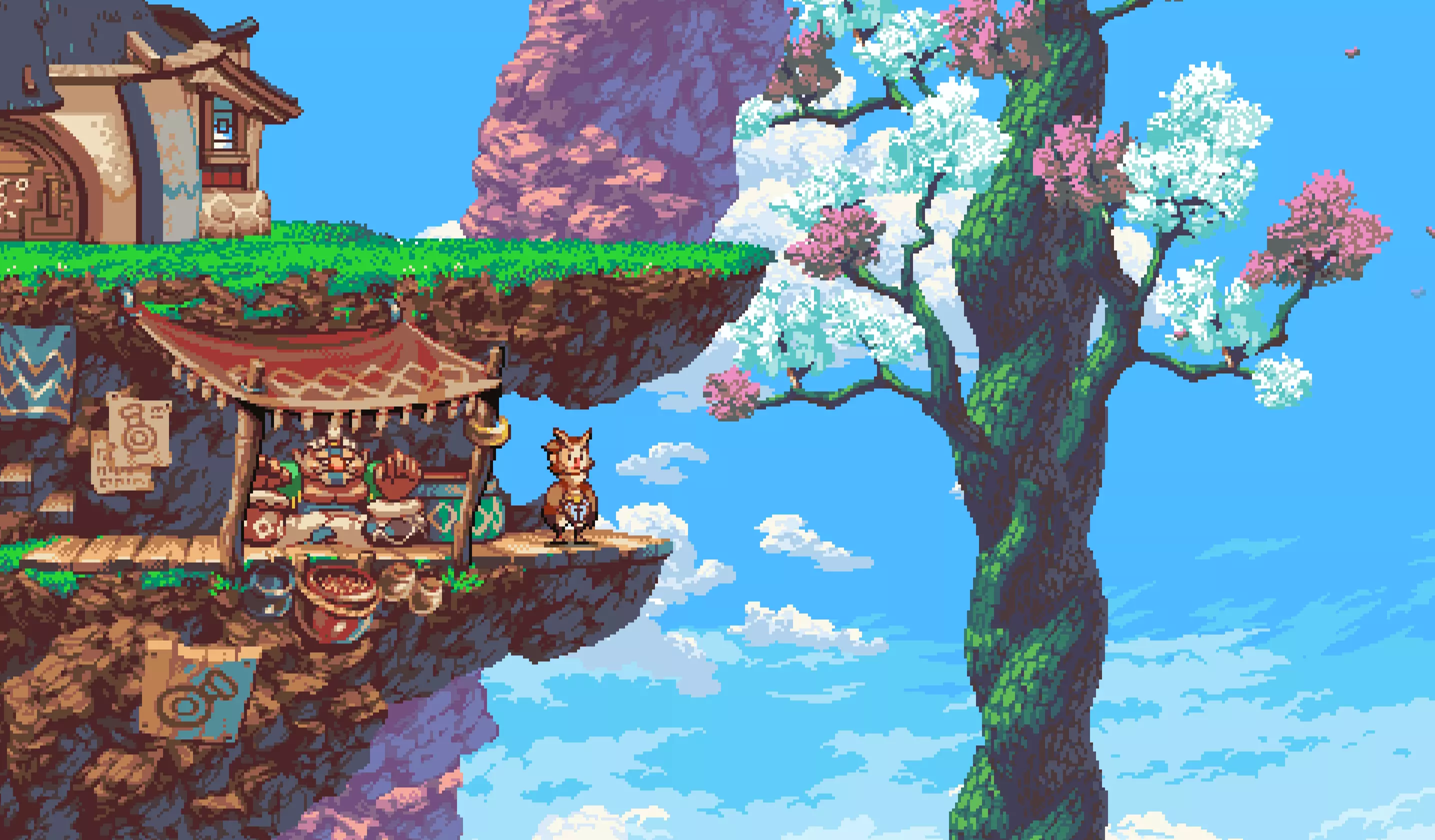Attack the block
Tetris is widely regarded, quite rightly, as one of the greatest videogames ever made. Simple, engrossing, and challenging, the famous puzzler is a timeless classic that’s as close to game design perfection as you can get, especially within its genre. Speaking personally, were it not for Link’s Awakening, Tetris on Nintendo’s Game Boy would be my defining game from that system. It was both first game I ever played on it and a constant. Something I always went back to.
But what more can you do with Tetris?
Publishers have tried, of course. The license has changed hands many times over the years and despite a couple of highlights, has produced not much more than tired remakes, spin-offs and sequels that either played it too safe, or strayed too far from the formula that made Tetris, well, Tetris.
What no one had done, however, was hand the license to the creative minds that gave us amazing audio-visual feasts like Rez, Lumines and Child of Eden. Until now.
The result, Tetris Effect (named after a real-life phenomenon) takes cues from those games in the ways that see the classic gameplay, a flawless soundtrack, and stunning visual effects combine mostly organically.
Another brick in the wall?

Make no mistake, Tetris Effect is absolutely still classic Tetris. Your aim is still to align falling tetrominoes to complete and clear horizontal lines from the board before the stack reaches the top of the screen. You’re still challenged by increasing speeds, untimely unwanted blocks, and your own smugness as you try to top the leaderboards.
But this is Tetris with a musical and visual twist, one that riffs heavily on the framework set by the fantastic Lumines. This means that mesmerising, pulsating visuals adorn every level, working wonderfully in tandem with every other element and escalating with every milestone, while the soundtrack by Noboru Mutoh (of Rez fame) is not just beautiful and affecting, it’s mechanically intrinsic.
The flow of each level is directed by that soundtrack, which spans multiple genres and excels at all of them. Whether it’s ambient atmospheres, tribal drums or thumping electronica, every block you spin, every piece you slam into place with confidence, and every big score reacts brilliantly in time with the music, and triggers action in the visuals.
In the watery opening level, dreamy vocal notes accompany blocks spins, as whale calls periodically ring out when multiple lines clear and, before long, the shape of that whale takes form among the neon particle effects during the stage’s crescendo. Others start with realistic backdrops, the inside of a space station for example, which then brilliantly uses radio chatter and static whenever you press a button. This left me feeling directly and physically connected to both the music and visualisations, a conductor of sorts, even though I was simply playing Tetris. This was especially true in the cornerstone Journey mode, as levels weave into one another, with progress carrying over from one to the next.

Journey
The Journey mode, where your job is to clear a predetermined number of lines to move onto the next stage, is absolutely the point of Tetris Effect. Across its 25 levels, it takes you on a wild ride over and through the Earth’s natural beauty, explores cultures both ancient and modern, and looks at mankind’s wondrous technological achievements. It’s undoubtedly a beautiful adventure, especially when experienced in PSVR where, not only do the visual effects take on a new dimension and form around you, but the isolation helps to elevate that connection with everything that happens, though its wildly swinging difficultly in the second half did undermine that for me multiple times.
With changes in pace informed by the music rather than the series’ usual gentle ramping of speed, even levels that begin at a pedestrian pace can suddenly hit you with breakneck speeds, throwing out your planning, leaving you scrambling to just not fuck everything up too much before the rush is over. I absolutely see what they were going for, and these moments are a thrilling challenge, no doubt, but are exactly where the visuals became my lowest priority and were, at times, simply lost on me.
After the sheer thrill of overcoming these splashes of super-fast, super-fun Tetris, the realisation would hit me that ‘oh, I’m now hovering over a mountain’, with zero appreciation of how I arrived there or what the ‘journey’ there actually was, doing nothing but snap me out of the flow.
In the zone
To help combat those sudden shifts in difficulty, Tetris Effect brings a new, Journey-exclusive mechanic called ‘Zone’ - a meter-based system that, when triggered, slows time down. Any lines cleared during Zone won’t instantly disappear as normal, but instead stack at the bottom of the board before counting as one huge clearance once Zone ends. There are two major benefits to this: Firstly, it allows you to, satisfyingly, clear way more than the usual maximum of four lines at once for massive points (a maximum of 20, though that’s been one step too far from me at this stage) and, secondly, offers time to breathe during the hairiest moments. My usage naturally transitioned from one benefit to the other as the campaign progressed.
While Journey is easily the most interesting thing about Tetris Effect, those looking for a more traditional experience need only look to the Effects mode, which is the thing that keeps bringing me back for more thanks to a wide range of ways to play. There are multiple interesting takes on score and time attack modes, ‘endless’ options with varying challenge levels (or no challenge at all, if you’d prefer to relax), though my favourites have been the objective-based ‘target block’ modes, which has you trying to eliminate as many designated single-square blocks as you can before time runs out.

Verdict
At times Tetris Effect is, simply put, breath-taking, a true marvel to behold even outside of VR, but especially so within. When its every aspect works together perfectly, it’s just so… undeniably joyous.
And yet something nags at me. Those brief moments where the Tetris gets in the way of the Effect. When the gameplay stops working in harmony with the other elements, overpowers them, it’s then I get the tugging reminder that I’m not having the euphoric experience that others have reported, that I’m not even really experiencing anything different or new. I’m just enjoying an ageless game that I’d already played countless hours of during my lifetime, but with better music.
Even if that’s my takeaway, even if I didn’t feel that it transcended the sum of its parts, it’s still a phenomenal game, and one I still happily recommend taking the plunge on.




